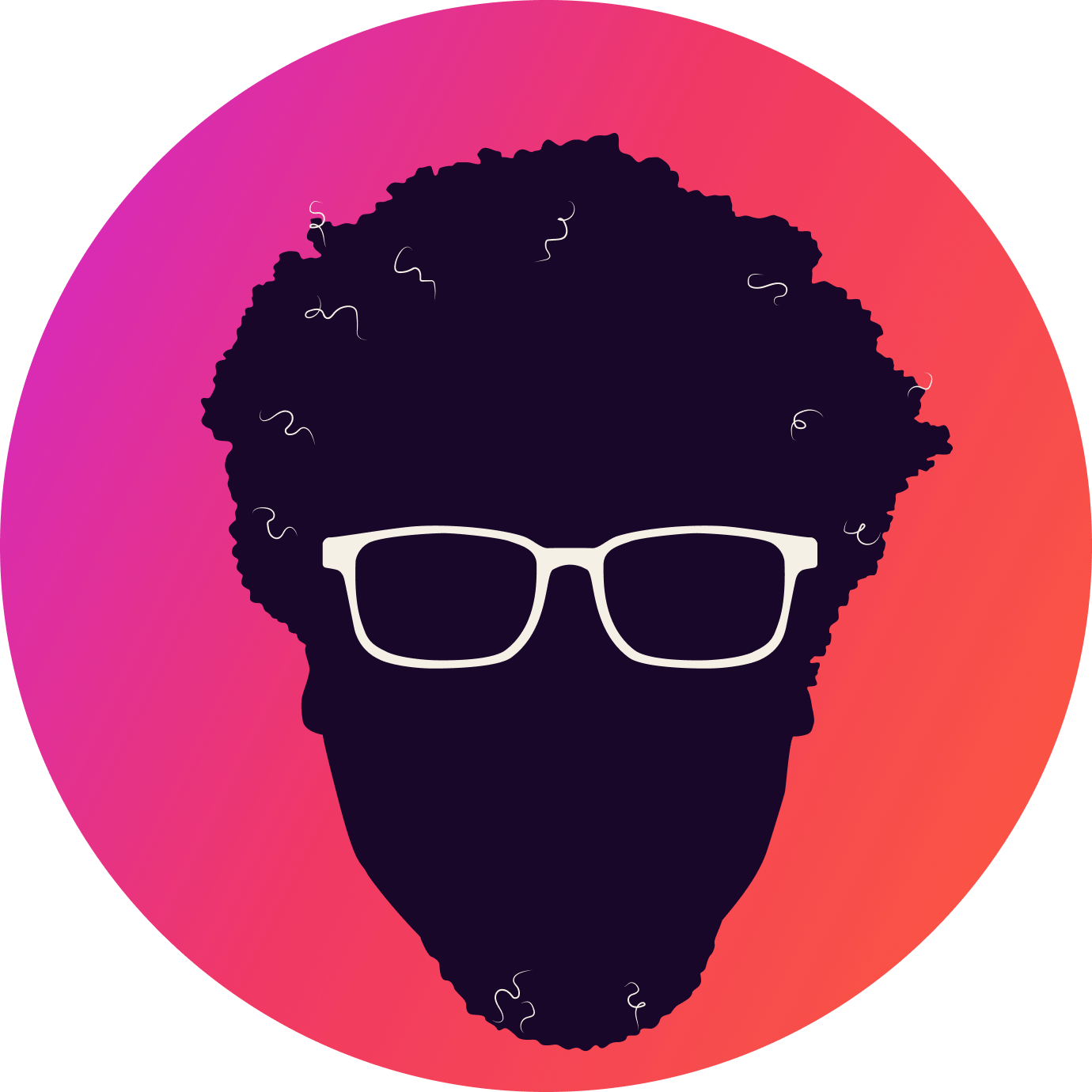Issue #09: ✨ Enabling Magic for All with Web and Mobile Accessibility! 🌟📲

Howdy, folks. Jason here. Sunday, I read an unexpected review of a $59 AmazonBasics Microwave with Alexa. At first glance, the microwave seems as basic as its name suggests, with its only standout feature being the oddly included Alexa. Nevertheless, the review titled, The Affordable AmazonBasics Microwave: Accessible for People with Visual Impairments, was a powerful reminder of how technology can act as a great equalizer.
Both web and mobile platforms have played crucial roles in enabling individuals with various disabilities to access information in ways that were once deemed impossible. This realization has inspired me to focus on web accessibility this week. I plan to delve into the what, why, and hows of web accessibility by addressing the most common questions and sharing my thoughts along the way. But before we dive into this week’s topic, here are a few quick thoughts on things:
👉 Netflix has said time and time again that TV is not its competitor. It competes with screen time, and if you want more screen time, gaming looks mighty interesting. Check out this great article on Netflix’s increasingly aggressive push into gaming.
👉 It looks like Apple is doubling down on the VisionPro before we get our hands on it. Apple has internally created a new division named the Vision Product Group focused on Apple’s concept of Spatial Computing.
👉 Guess what? Electric Vehicle (EV) big riggs need chargers too. With all this talk of car manufacturers moving to Tesla’s North America Charging Standard (NACS) and supercharger network, we seem to overlook the fact that choices are scarce for EV trucks equipped with much larger batteries and requiring even higher charging capabilities.

🎟️ Mindgrub and the Baltimore Symphony Orchestra present AI in A Minor, a generative-AI-composed music event followed by a panel conversation on the impact of technology on creativity is happening in 3ish weeks! I hope to see everyone there, so get a ticket already!
Now that we got that out of the way, let’s dive into accessibility:
Question #1, do I have to make my web or mobile app accessible?
Yep. State and local governments and businesses open to the public must comply with the Americans with Disabilities Act (ADA). The ADA requires organizations under this purview to provide reasonable public accommodations for individuals with disabilities. Section 508 is a set of guidelines under the ADA that require state and local government entities to provide equivalent accessible accommodations on digital platforms.
Question #2, what is considered a reasonable public accommodation?
The World Wide Web Consortium (W3C) is a non-profit organization focused on building the standards for an open Internet. To help us all get to a fair place on what is considered equivalent, the W3C created the Web Content Accessibility Guidelines (WCAG) – pronounced: “Wa-Keg.” Each standard is marked with a compliance level of A, AA (“double A”), or AAA (“triple A”). A is the minimum conformance level, while AAA is the maximum conformance level; however, some lawsuits have successfully argued that even the minimum is not enough. We generally recommend that our clients strive for AA compliance and that companies in the pharmaceutical, medical / healthcare industry, or those with a user base of 50 years and older, strive for AAA compliance. Section 508 and WCAG tend to keep in sync, so if you meet WCAG AA, you likely cover the requirements of Section 508.
Question #3, is it worth it for such a small audience?
Yes! This is the biggest misconception! Most consider themselves able-bodied humans but forget how much we collectively need and use these accessibility tools. Consider this: 8% of men are red-green color blind, and 75% of all adults require some form of vision correction, such as LASIK, prescription eyeglasses, or contacts – and that stat excludes over-the-counter reading glasses. When you look at the percentage of individuals with impaired hearing, mobility struggles, or developmental issues, you quickly realize that the number of able-bodied people is smaller than you first imagined. The CDC says that 1 in 4 (27%) of all adults in the United States have some form of a disability, and this ignores those disabilities that can be corrected, like eyeglasses wearers like me. Even if you ignore those statistics, individuals that fall into the Baby Boomer generation make up 20% of the U.S. population, and they’re not getting any younger.
More so, any of us can have a disability at any moment. Disabilities may be situational, such as using one arm to use a digital device while holding a newborn with the other arm. They may be temporary, such as breaking an arm. They may be permanent, such as having an amputation. Regardless, accessibility is thinking about your future self.
The reality is that your customers are using accessibility tools daily. Popular iPhone features that we use daily were made for individuals with disabilities in mind. Have you ever considered how using “Hey Siri” allows you to complete tasks without your hands? Heck, I can also guarantee that you’ve watched someone increase the font size on their screen or change their color contrast settings to make text or images easier to see.
Question #4, doesn’t accessibility only refer to blind and deaf users?
No! There are so many other individuals we need to consider. Did you know that web links are underlined to help color-blind users find clickable text in a block of text?

If your website hides underlines on links, and the colors of your links lack contrast, those links may look invisible to colorblind customers. Those same issues can cause unexpected contrast issues.

Poor contrast may make images bleed into each other, change the meaning of graphs, or turn logos into mush. Luckily tools like Toptal‘s allow you to simulate how colorblind users see your website.
Question #5, what is it like using accessible tools?
We use accessibility tools daily and may not even notice. These tools include close captioning, increasing the font size, or using the tab key to access interactive elements on a webpage with the keyboard. As you may have guessed, closed captioning helps individuals who are deaf or hearing impaired; increasing the font size aids individuals with visual impairments, and tabbing allows users with motor impairments or physical disabilities to navigate interactive content.
Individuals that are blind or have low vision typically use a screen reader to announce the screen’s contents. JAWS (Job Accessibility With Speech) is one of the most popular screen readers. However, most operating systems have this functionality built into the core. For instance, Apple’s platforms offer VoiceOver, Android offers TalkBack, and Microsoft Windows Narrator.
Unsurprisingly, a screen reader can’t transform video, images, or rich interactive experiences into audio. This is where it’s our responsibility to provide accessible descriptions and guidance on the experience so users understand how to interact with content and user interface elements. At a basic level, we need to label all visual elements with suitable audible representations; at times, this can be done through the platform; other times, this requires a web method called ARIA (Accessible Rich Internet Applications).
Some disabilities or physical impairments require unique input hardware different from a keyboard, mouse, or trackpad. For example, Microsoft won awards for its innovative gamepad for gamers with physical impairments and showcased it in a fantastic Super Bowl commercial. On devices like these, you can map a series of key commands to buttons. However, this mapping is only possible when websites are fully accessible with the appropriate tab navigation and accessible names for UI elements.

In my teaching days, I always recommended that my students turn on a screen reader and try keyboard-based navigation for 15 minutes. It will change how you view the web for the better.
Question #6, how do I know if my site meets AA conformance?
The W3C maintains a list of tools you can use to verify your website. You will also find several highly recommended free scanning tools like Wave with a quick search. Also, Mindgrub and I know a few things about this stuff and can offer audits and remediation plans, so feel free to drop me a line.
-jason
p.s. I didn’t dig into ARIA or Accessible Rich Internet Application rules, but these are additional accessibility guidelines for rich Internet experiences like animation or web applications. If you have an application that uses React, Vue, or other JavaScript frameworks, you should definitely get familiar with ARIA.
Today’s edition of Unsolved Tech Mysteries

If you watch the music video for Dilemma featuring Nelly and Kelly Rowland at the 3:15 mark, she pops open a Nokia 9210 communicator and texts Nelly using Microsoft Excel. Before now, I assumed Nelly did not receive Kelly’s text, but now we have proof that he did not receive this message. That’s right, folks, to use Excel functions like HYPERLINK() to send a text or email on mobile Excel is simply impossible. So glad the Internet was here to put this question to bed for all of us.
